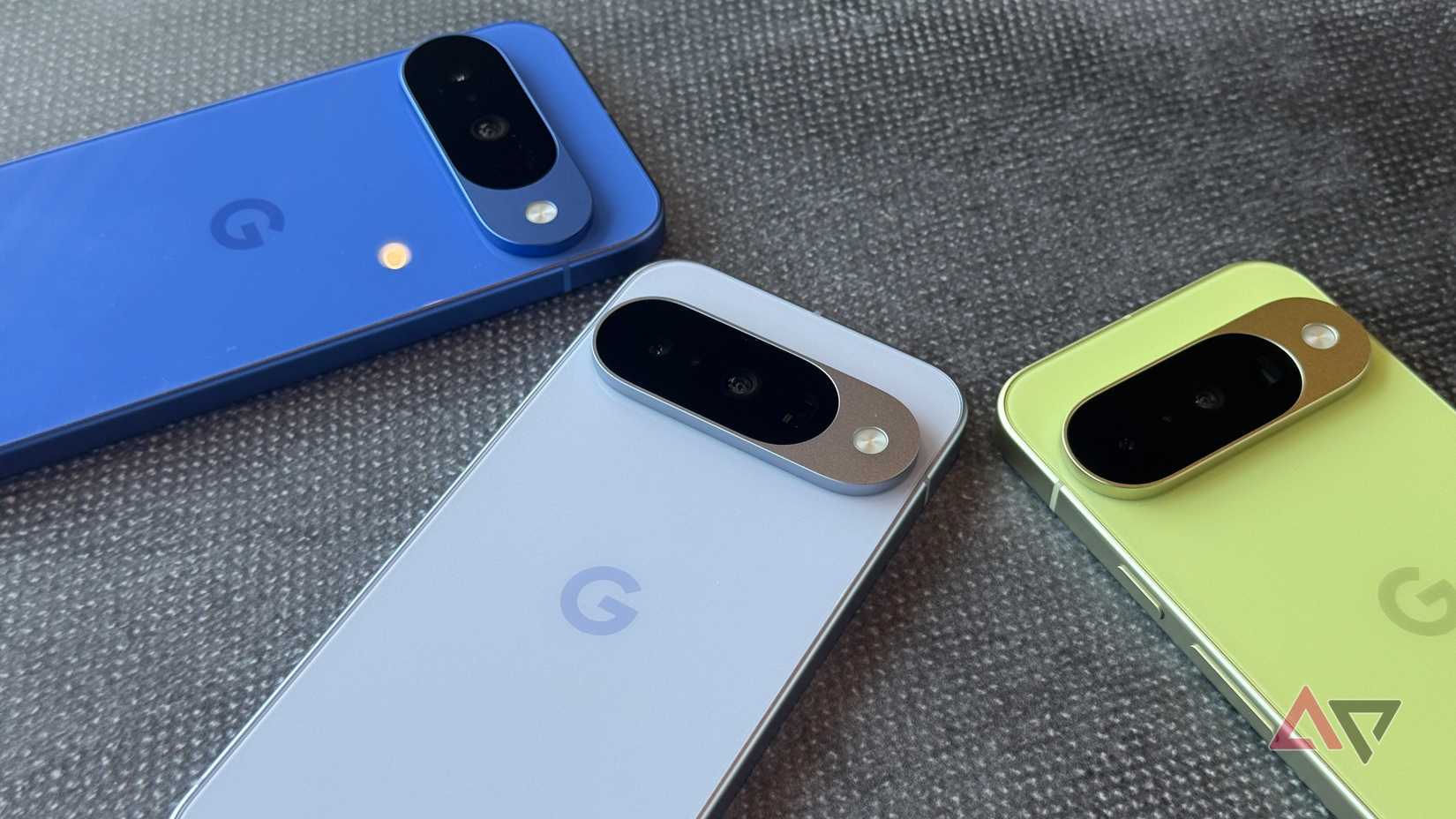Android and ChromeOS will eventually be a single platform. That’s the word from Android head Sameer Samat, who last week confirmed in an interview with TechCrunch that Google is working to bring its two operating systems together.
This is exciting. Android and ChromeOS have always shared some DNA (and for nearly a decade, apps), but a single, unified operating system that runs across phones, tablets, and laptops is a big step toward the personal computing future I’ve always dreamed of.
Welcome to Compiler, your weekly digest of Google’s goings-on. I spend my days as Google Editor reading and writing about what Google’s up to across Android, Pixel, Gemini, and more, and talk about it all right here in this column. Here’s what’s been on my mind this week.
One device to rule them all
As great as purpose-built gadgets can be — reading books on a phone sucks, but reading on an e-reader is a pleasure — when it comes to most computing, I always prefer multitaskers.
I’m a longtime MacBook guy, even though dedicated desktop setups offer more power at lower prices. I’ve had access to some of the best tablets on the market through my job here at AP, but I don’t use them much — my phone’s always charged and within arm’s reach. If a video game is available on multiple platforms, I’ll usually take the Switch version over Xbox.
My favorite gadgets are the ones I can use multiple ways, and recent developments show Google is working to make Android a platform for just that type of device.
Android 16 comes with a big push for single apps to adapt to multiple display sizes. In a post on the Android Developers Blog, Google’s Maru Ahues Bouza writes that Android is “shifting to a consistent model of adaptive apps that seamlessly adjust to different screen sizes and orientations.”
Android’s desktop mode will eventually take the place of the entire existing ChromeOS UI.
That’s got obvious implications for foldable phones, where apps need to be able to transition smoothly between two screens at different sizes and aspect ratios. But it’s also crucial for apps displayed in free-form windows.
The Android 16 QPR1 beta has a toggle tucked in developer settings that enables a full-on desktop mode that puts apps in those free-form windows. It’s a lot like Samsung’s DeX, and in fact, Google says it builds on “the foundation of” Samsung’s implementation.
Building a fully functional desktop interface into Android’s foundation is a key part of Google’s ongoing project to fold ChromeOS into Android; on the current trajectory, Android’s desktop mode will eventually take the place of the entire existing ChromeOS UI.
This desktop-style interface is meant for both tablets paired with keyboards and smartphones plugged into external displays. Android tablets being better laptop replacements is a cool prospect, but it’s the latter that’s really got me excited.
Phone as computer
Smartphones are already incredibly flexible devices, and once Android absorbs ChromeOS, we’ll be able to plug a powerful phone into an external monitor for an experience that’s similar to (or ideally, better than) what Chromebooks offer today.
I’ve thought for years that the ideal computing experience would be a single device that can adapt to practically any use case. Android and ChromeOS’s merger won’t singlehandedly create that, but it’s a step in the right direction.
There are still problems to solve, of course. Android doesn’t currently have access to all the desktop-class apps I rely on for productivity, and it remains to be seen whether Google will allow smartphones to access the desktop version of Chrome, even when in desktop mode.
Even once the software is nailed down, it’ll be quite a while until smartphone hardware can muster enough grunt to compete with something like a high-end laptop.
Still, I’m really excited Google is making strides in this direction. The in-progress Android/ChromeOS merger is a big step toward my dream future of being able to use a single device for most of my computing needs, and I’ll be watching closely as this continues to develop.




